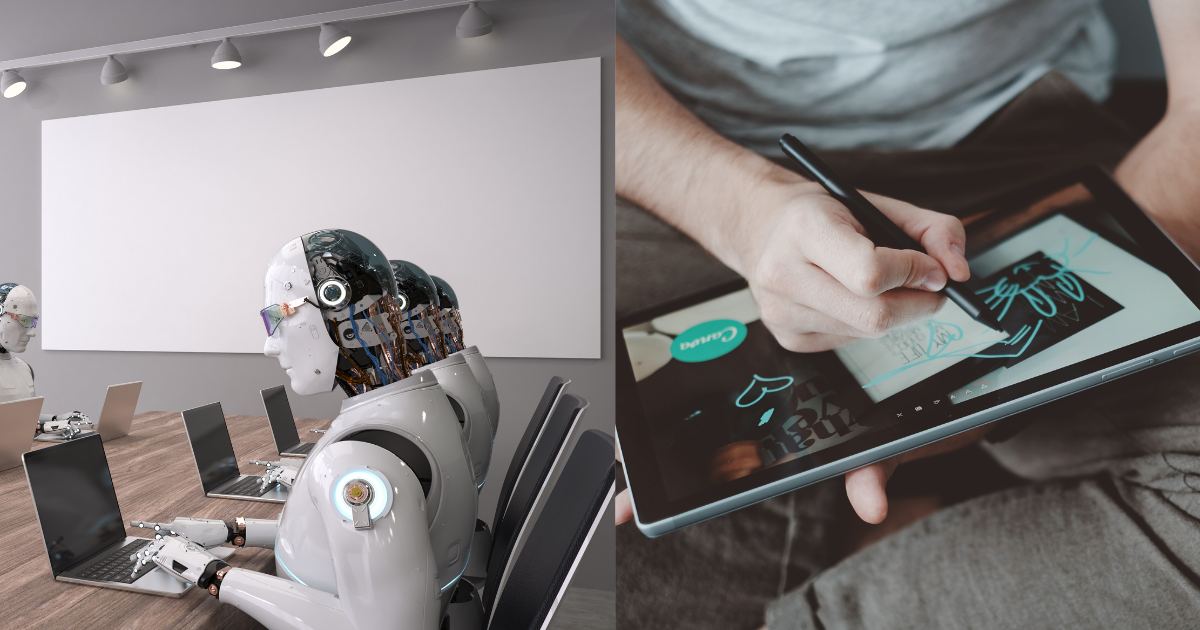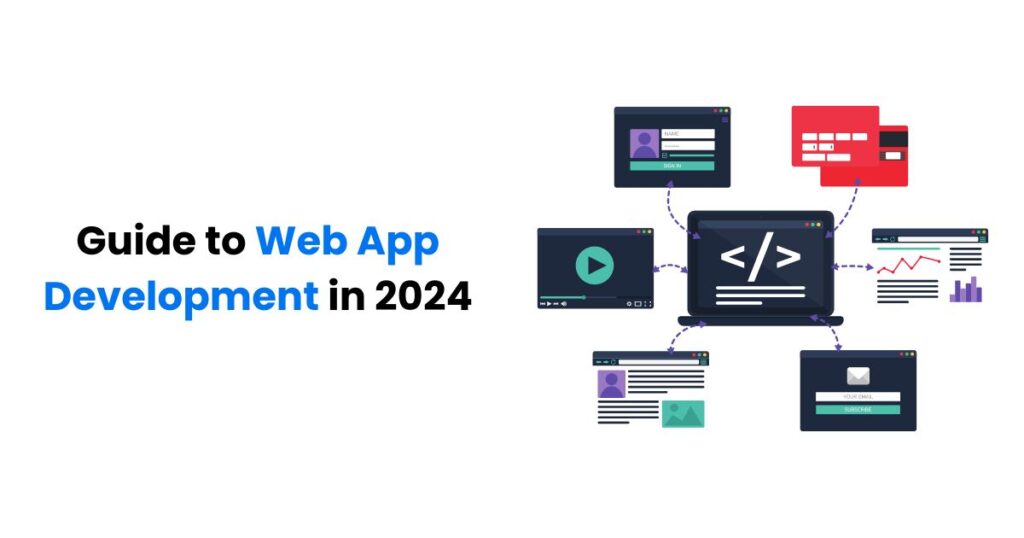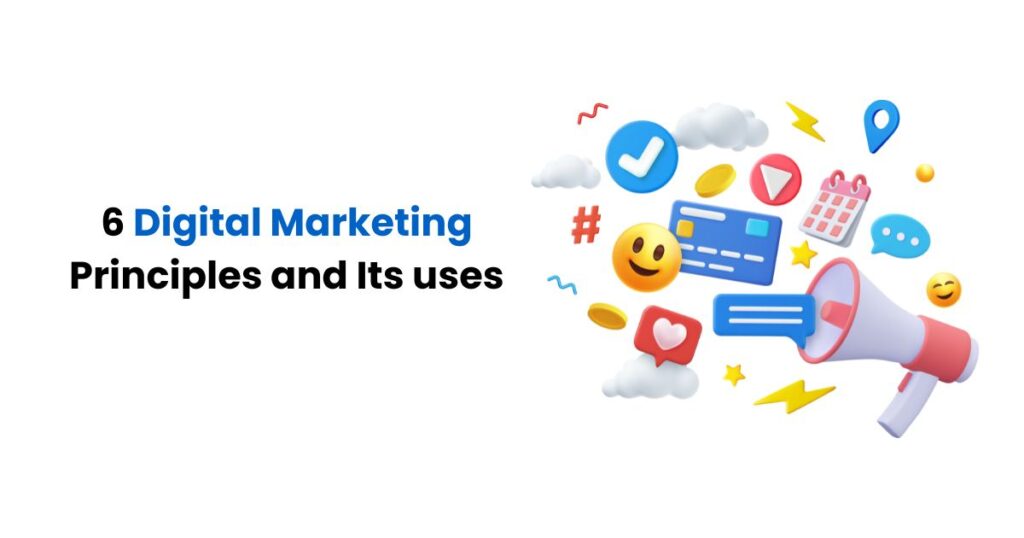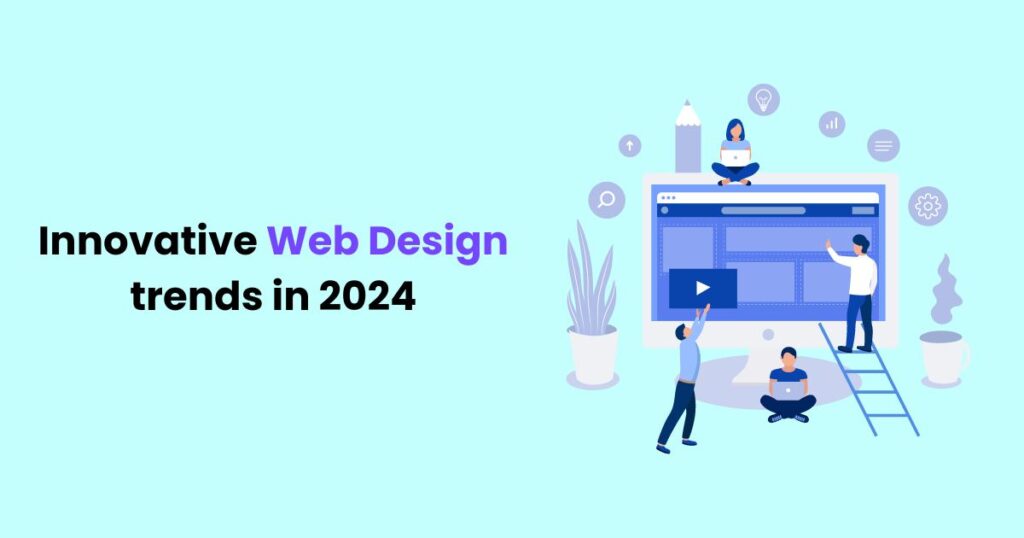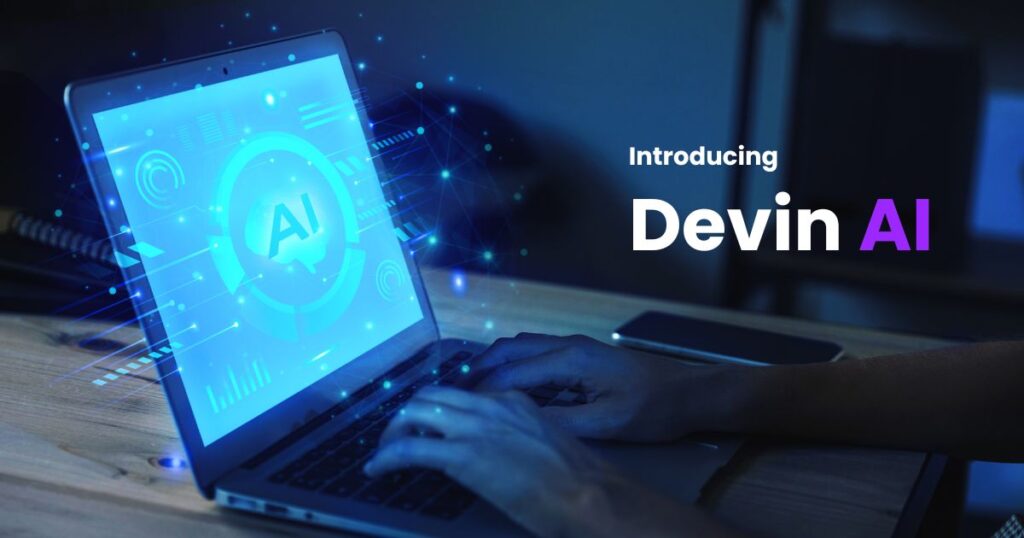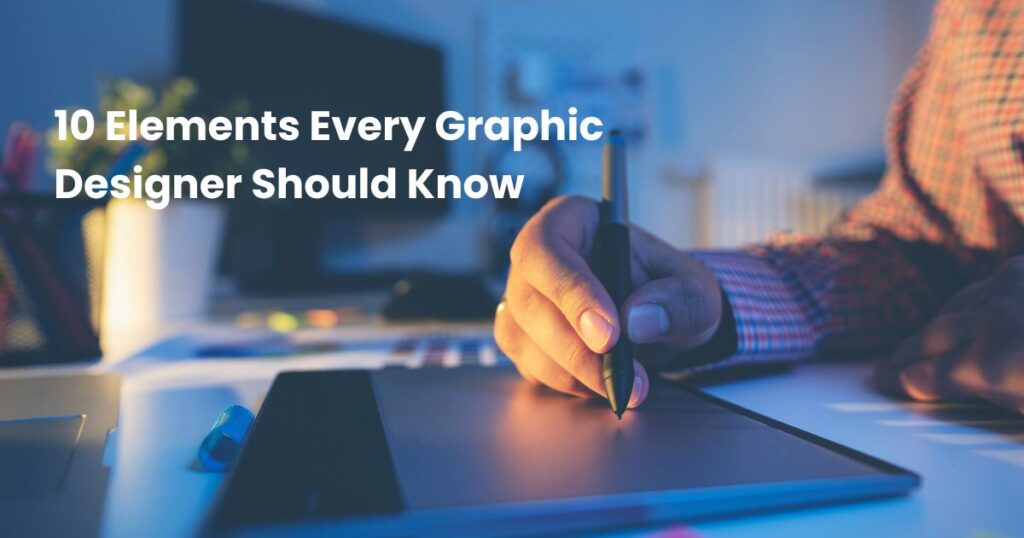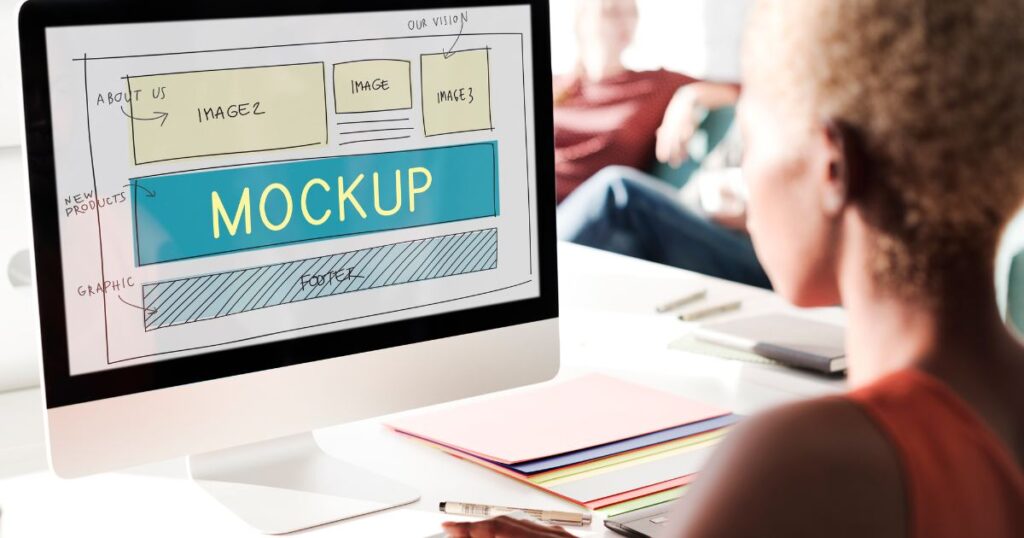The Confluence of AI and Graphic Design
In the ever-evolving realm of graphic design services, a new contender has emerged, challenging the traditional dynamics of creativity: artificial intelligence (AI). As AI technology continues to advance, the question on everyone’s mind is whether it will replace human graphic designers or if both entities can coexist harmoniously. In this blog post, we will explore the evolving landscape of AI in graphic design, the capabilities of each, and the potential for a collaborative future.
AI in Graphic Design: The Rise of the Machines
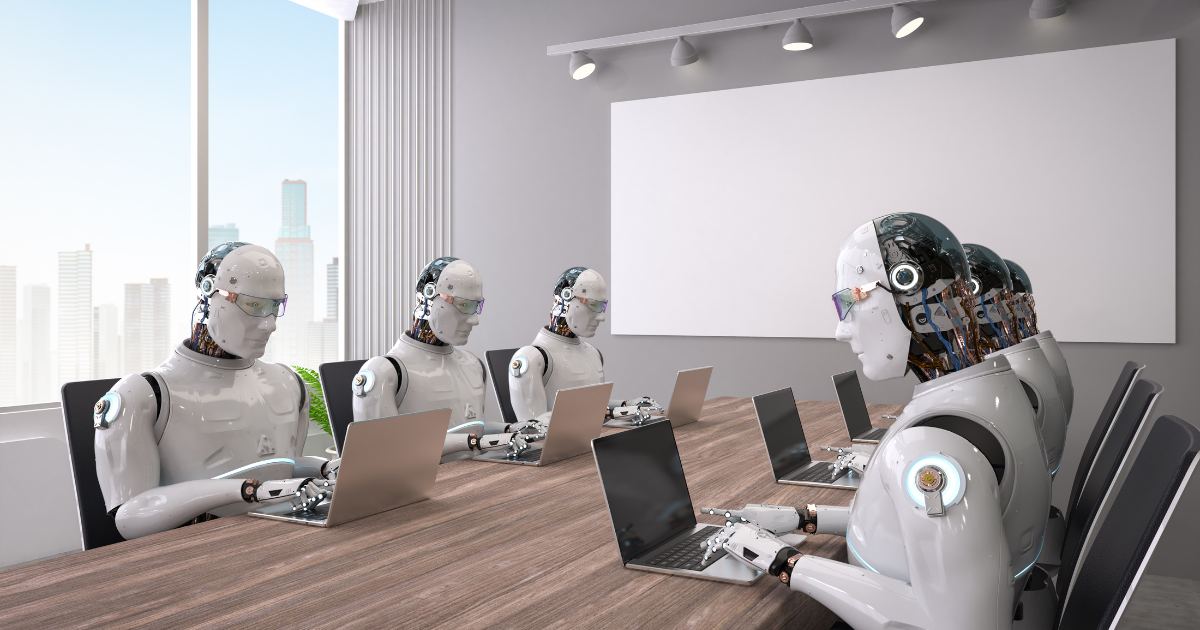
Artificial intelligence has made remarkable strides in recent years, demonstrating an ability to perform tasks that were once solely within the purview of human creativity. In graphic design, AI algorithms are being employed to automate various aspects of the creative process. Here are some key areas where AI is making an impact
Automated Design Generation
AI-powered design tools can analyze patterns, styles, and user preferences to generate visually appealing designs autonomously. These tools can produce logos, social media graphics, and other visual elements based on predefined parameters, reducing the time and effort required for design creation.
Image Editing and Enhancement
AI algorithms excel in image processing, enabling automatic retouching, color correction, and enhancement. Through machine learning, these systems can learn from vast datasets to understand aesthetic preferences and apply adjustments that align with human-like sensibilities.
Predictive Design Analytics
AI can analyze past design trends and user engagement data to predict future design preferences. By harnessing predictive analytics, designers can make informed decisions about color schemes, layouts, and overall design strategies that resonate with their target audience.
Customization and Personalization
AI-driven personalization allows for the creation of customized designs based on individual user data. This tailoring of content ensures a more engaging and relevant user experience, a feature increasingly sought after in the dynamic landscape of digital marketing.
Generative Adversarial Networks (GANs)
GANs, a subset of AI, facilitate the creation of entirely new and unique designs by combining elements from existing ones. This innovative approach to design generation introduces an element of unpredictability and originality, challenging traditional notions of human-exclusive creativity.
Graphic Designers: The Human Touch
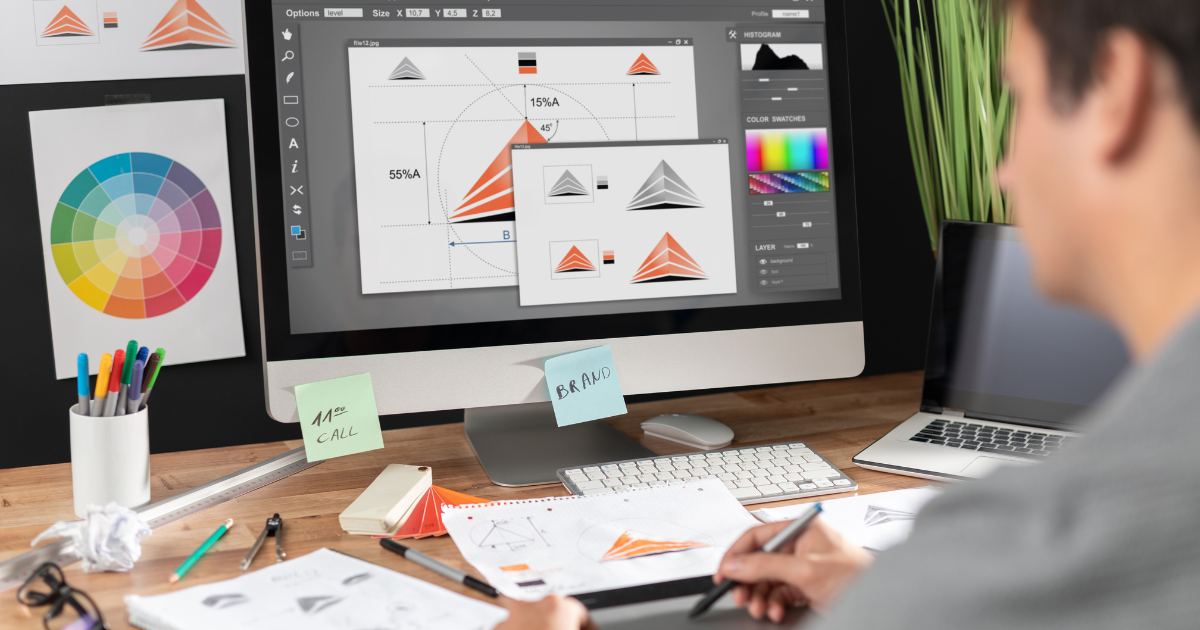
While AI is undeniably revolutionizing certain aspects of graphic design, human designers bring a unique set of skills and attributes to the table that AI currently struggles to replicate. Here are some distinctive qualities that make human graphic designers irreplaceable:
Creativity and Intuition
Human designers possess an innate ability to think outside the box, conceptualize abstract ideas, and infuse emotion and meaning into their designs. The human touch involves intuition, a quality that arises from experience, cultural understanding, and a deep connection to the client’s vision.
Critical Thinking and Problem Solving
Graphic designers are adept at solving complex design challenges by applying critical thinking skills. They can interpret client briefs, navigate ambiguity, and make informed decisions to create designs that not only meet but often exceed expectations.
Adaptability and Innovation
Humans are natural innovators, capable of adapting to changing design trends and pushing creative boundaries. Designers constantly evolve their skills, staying ahead of the curve and introducing fresh perspectives that keep the design industry dynamic and vibrant.
Client Collaboration
Effective communication and collaboration are crucial in graphic design, especially when working closely with clients to bring their visions to life. Human designers excel at building relationships, understanding client needs, and translating those needs into visually compelling designs.
Empathy and Emotional Intelligence
Design is a deeply human experience, and human designers can empathize with the intended audience, understanding their emotions and motivations. This emotional intelligence allows designers to create designs that resonate on a personal level, fostering a stronger connection between the audience and the brand.
AI and Human Collaboration: A Symbiotic Future
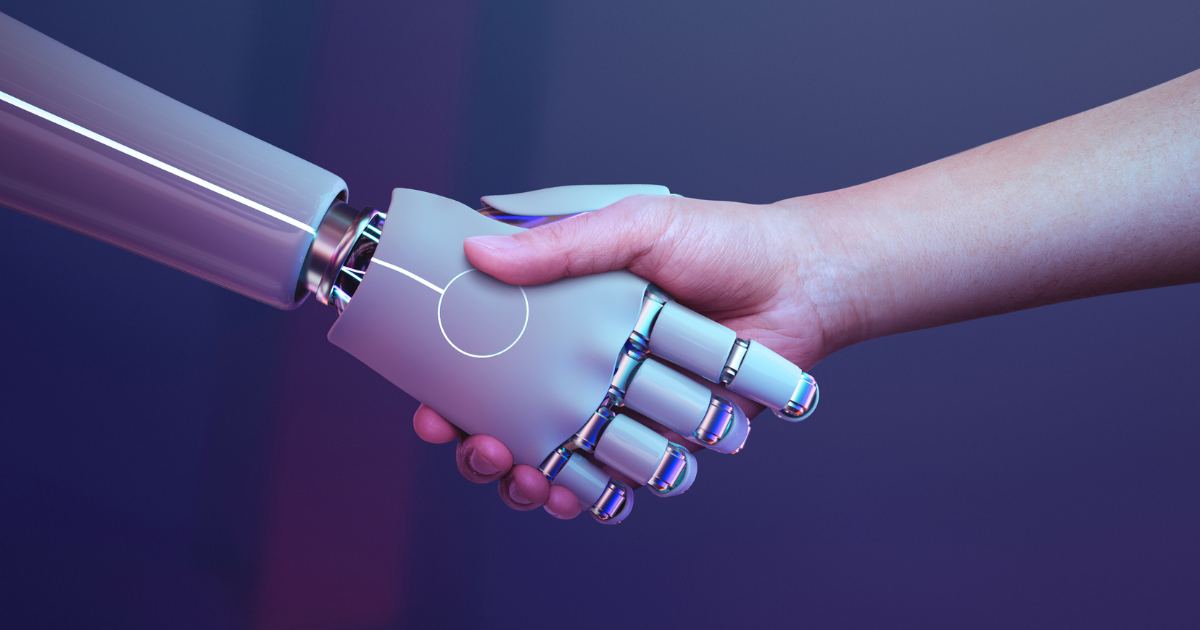
Rather than viewing AI as a threat to graphic designers, many industry experts argue for a more collaborative and symbiotic relationship between AI and humans. Here’s how this harmonious coexistence can be achieved:
Enhanced Efficiency and Productivity
AI can handle repetitive and time-consuming tasks, freeing up human designers to focus on more complex and creative aspects of their work. This division of labor can significantly enhance overall efficiency and productivity in the design process.
Idea Generation and Inspiration
AI can serve as a valuable tool for idea generation and inspiration. By analyzing vast datasets of design trends, AI can provide designers with insights and suggestions, sparking new ideas and avenues for exploration.
Quality Control and Iterative Improvement
AI can assist in quality control by identifying potential issues or inconsistencies in design elements. Additionally, AI algorithms can analyze user feedback and engagement data to inform iterative improvements in designs, ensuring continuous enhancement and relevance.
Training and Skill Development
AI-powered educational tools can assist in the training and skill development of aspiring designers. By providing real-time feedback, personalized tutorials, and design suggestions, AI can contribute to the growth of the next generation of human designers.
Ethical Design Considerations
Human designers play a crucial role in incorporating ethical considerations into their work, ensuring that designs are culturally sensitive, inclusive, and aligned with the values of the intended audience. AI lacks the nuanced understanding required for such ethical considerations, emphasizing the need for human oversight.
Conclusion
In the battle of creativity between AI and graphic designers, the future holds not a victor but a dynamic collaboration. As AI technology continues to evolve, the role of human designers remains indispensable. The synergy between the efficiency of AI and the nuanced creativity of human designers can usher in an era of unparalleled innovation and design excellence.
Graphic design services will likely see a transformation where AI serves as a powerful tool in the hands of human designers, amplifying their capabilities and expanding the boundaries of what’s possible. Embracing this collaborative future, where AI and human creativity complement each other, will be key to navigating the ever-changing landscape of graphic design and ensuring the continued evolution of the discipline.

